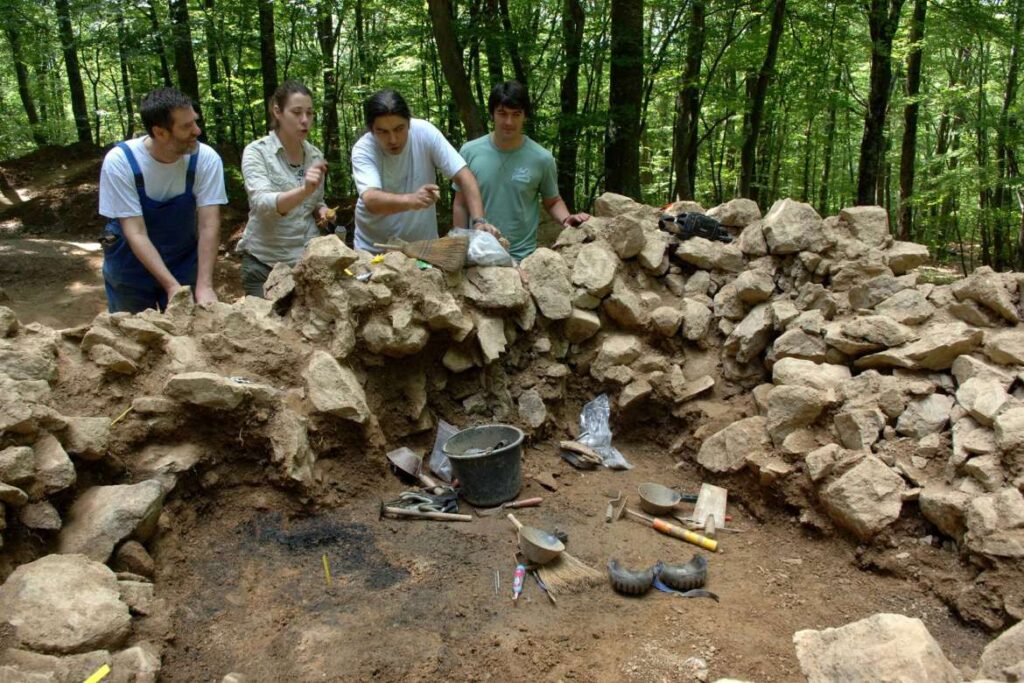4th Century BC Greek Silver Coin Found in Archaeological site on Papuk

September 22, 2022 – Archaeological sensation on Papuk. A Greek silver coin from the end of the 4th century BC was found at an archaeological site near Kaptol. The story doesn’t stop there – it’s only starting to come together. What wealth and power did the people who lived in this area have, and how long did it last?
As RTL reports, a Greek silver coin from the 4th century BC was found after the rain along the forest road on Papuk. It was carved with a depiction of Zeus enthroned with a bird, and on the other side is a depiction of Alexander the Great. Random passers-by found it. They saw pottery and pieces of vessels.
The locality near Kaptol is a well-known archaeological site with the graves of the warrior aristocracy, where prestigious weapons and equipment were found in Europe in the 7th century BC.
This means that the community that lived here had a major significance on the border of three worlds – the Mediterranean, Central Europe and the Danube.
At the Lisičja Jama locality, named after the ceramics that the foxes end up dislocating while digging their dens, archaeologists are excavating a settlement where it is assumed that 500 people lived. Numerous inventions prove this.
“And it certainly speaks of the fact that the people who lived in those areas were extremely advanced and prosperous at the time, and not only that, but they also traded and exchanged things with very distant regions”, said Janja Mavrović Mokos, archaeologist and researcher.
The coin from the 4th century BC is crucial because it shows that the power of these people from Papuk, who lived at the intersection of cultures and trade routes, did not last for a short time but continuously for centuries.
“This shows continuity on the political, economic and cultural scene of over 300 years, which few can boast of today, let alone back then,” said Hrvoje Potrebica, head of archaeological research.
A province is not a place but a state of mind, and Croatia should learn from history, which is the teacher of life, even today. And the plan is for the place of learning to be the Visitor Center of the future Papuk Archaeological Park, where this Greek silver coin will have its special place.





